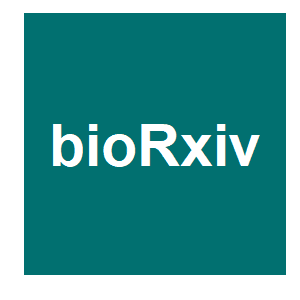Towards CRISPR/Cas9-based gene drive in the diamondback moth Plutella xylostella

|
X. Xu, T. Harvey-Samuel, H. Siddiqui, J. Ang, M. A. E. Anderson, C. Reitmayer, E. Lovett, P. T. Leftwich, M. You and L. Alphey,
bioRxiv,
2021.10.05.462963.
2021.

Promising to provide powerful genetic control tools, gene drives have been constructed in multiple dipterans, yeast and mice, for the purposes of population elimination or modification. However, it remains unclear whether these techniques can be applied to lepidopterans. Here, we used endogenous regulatory elements to drive Cas9 and sgRNA expression in the diamondback moth, (Plutella xylostella), and test the first split-drive system in a lepidopteran. The diamondback moth is an economically important global agriculture pest of cruciferous crops and has developed severe resistance to various insecticides, making it a prime candidate for such novel control strategy development. A very high level of somatic editing was observed in Cas9/sgRNA transheterozygotes, although no significant homing was revealed in the subsequent generation. Although heritable, Cas9-medated germline cleavage, as well as maternal and paternal Cas9 deposition was observed, rates were far lower than for somatic cleavage events, indicating robust somatic but limited germline activity of Cas9/sgRNA under the control of selected regulatory elements. Our results provide valuable experience, paving the way for future construction of gene drive-based genetic control strategies in DBM or other lepidopterans.Competing Interest StatementThe authors have declared no competing interest. More related to this; Transgenic moths released to end one of the worst pests on the planet Control of mosquito-borne infectious diseases: Sex and gene drive
|



